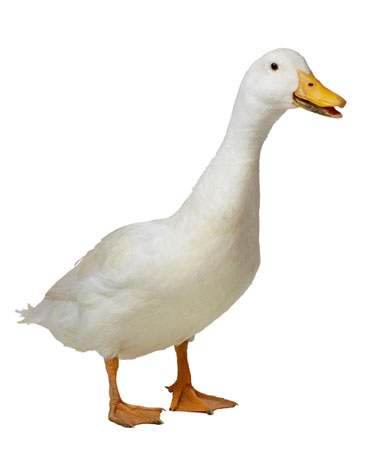WHAT’S ALL THE STINK ABOUT?
We really like learning things. The world around us is a very cool place and we are constantly learning new stuff!
We thought you might be a little like us and be interested in the science behind the magic we do and so, we are sharing with you here some fun stuff to know. We’ll update and change this page periodically with new stuff to learn. Enjoy!
The Science of Anaerobic Digestion
Anaerobic Digestion
IT'S A NATURAL THING.
All living things eats stuff. The process of eating, taking the energy out of the food and disposing of the waste is called the anaerobic digestive process.
A funny thing happened on the way to Lake Maggiore...
In 1776, Alessandro Giuseppe Antonio Anastasio Volta, the father of the battery, was walking around Lake Maggiore when he smelled something...stinky. You see, Volta had read a paper by Benjamin Franklin about something he called "flammable air." He was walking around the lake’s marshland looking for it. His later research and ability to isolate the flammable air led him to be credited with the discovery of methane. And the funny thing is that methane doesn’t even stink! That’s right. It’s completely odorless. It turns out that in nature methane tends to hang out with smelly friends. Everyone pay attention to that. There’s a life lesson there for all of us.
So, thanks to Alessandro we know stuff about flammable air. And it turns out to be a very good thing. A thing we understand better today and one that can help us do all the things humans do, while being better for us and the planet we live on. However, wandering around every marshland trying to capture the stuff just sounded to hard to us. Someone once said: Give the smart lazy guy the job and he’d find the best way to do it. Enter ABI guys. We have the best way of reproducing the process of making methane in a way that we can capture it, clean it, and deliver it for use by you and your family. No messy rubber boots required.
And it all starts for us with some stinky food waste. Or maybe some cow poop.
Believe it or not, these things have energy! And that’s what digestion is all about, capturing energy so we can make stuff work. Speaking of work, here is briefly how anaerobic digestion works:
Got it? Well then you’re a chemist or a biology professor. This describes the chemical reaction where organic material is digested into carbon dioxide and methane in the anaerobic process. It means a long chain of not so useful stuff gets broken down into smaller stuff that IS useful.
There are four key stages in the anaerobic digestion process. They are:
· Hydrolysis
· Acidogenesis
· Acetogenesis
· Methanogenesis
Big, confusing, science talk words. So, let’s act like digestion and break it down.
Hydrolysis is the first step in the anaerobic process. Here the larger organics (food stuff) are broken down into smaller pieces by bacteria specific to this stage.
“Through hydrolysis the complex organic molecules are broken down into simple sugars, amino acids, and fatty acids.”
Acidogenesis: more break down, different bacteria.
“The process of acidogenesis is similar to the way milk sours.”
Acetogenesis. Stage 3. More breakdown. This stage is named after the main product created, acetic acid.
“The different bacterial species that are capable of acetogenesis are collectively termed acetogens.”
Methanogenesis is the final stage and it is here that new bacteria digest the product of the last stage and the result is methane, carbon dioxide, and water. See? All useful things!
“Methanogenesis is responsible for significant amounts of natural gas accumulations...”
So, what does all this mean? Our digester facility is basically…a big cow! Or in some ways, just like you.
It eats. But unlike some of us and the cow, it’s not quite as picky. It really enjoys food waste. All kinds.
Particular? Yes. Picky? No. Try and be more like a digester and eat what your mom gives you! There was a reason for it.
The digester digests. Its tummy gets filled up, bacteria start breaking down foodstuff and then unlike you and the cow, good stuff comes out!




